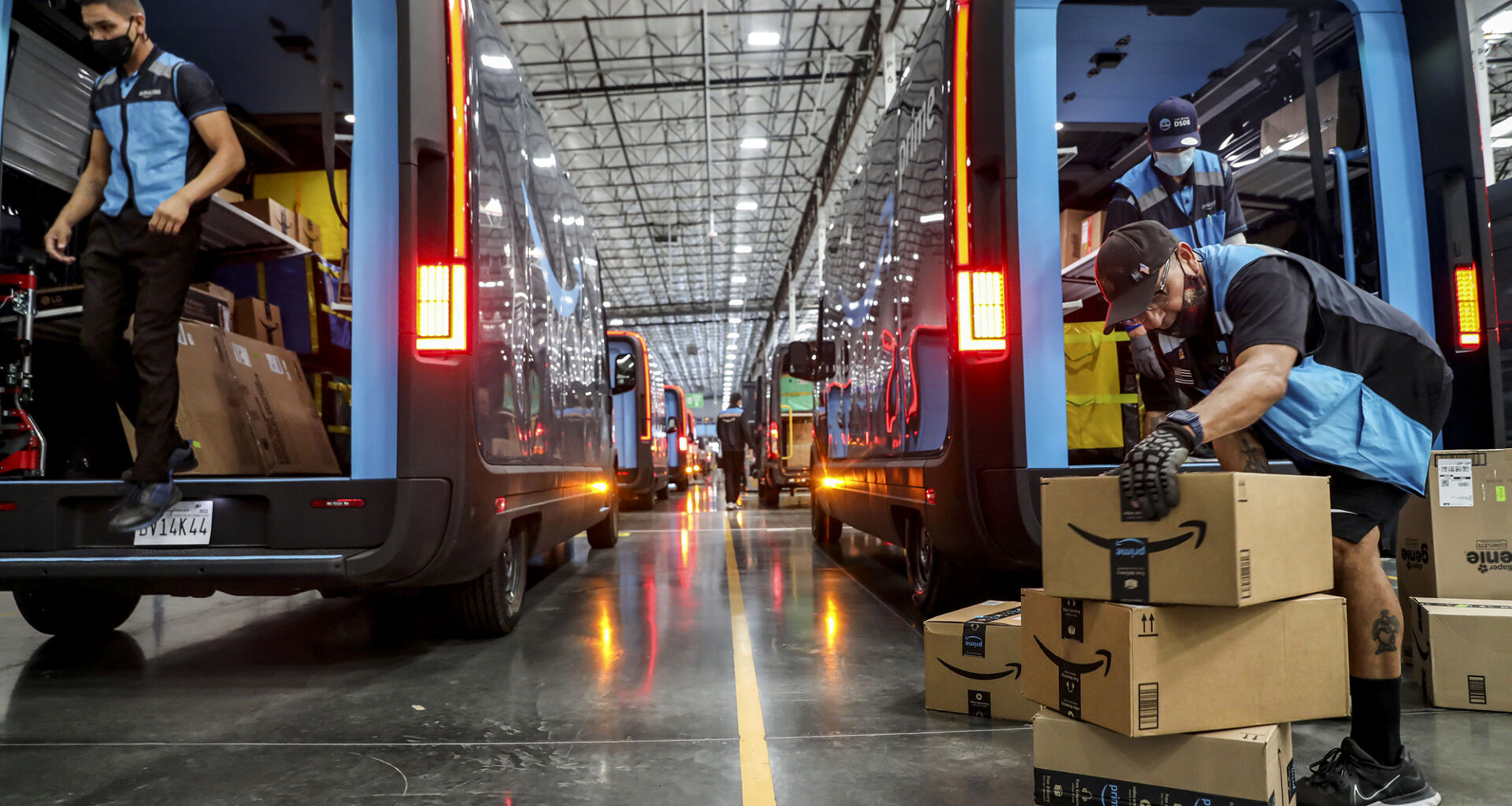By Dan Walters, CalMatters
This commentary was originally published by CalMatters. Sign up for their newsletters.
As Gov. Gavin Newsom ramps up what appears to be a 2028 White House bid, a mainstay of his pitch during television interviews and social media appearances is California’s economy.
As Newsom tells it, the state’s $4-trillion-plus annual economic output is not only the fourth largest in the world, were it a nation, but it’s a model of entrepreneurial vigor and programs advancing equity.
Were it only true.
A year ago, the Legislature’s budget analyst, Gabe Petek, indirectly blew the whistle on Newsom’s braggadocio.
“California’s economy has been in an extended slowdown for the better part of two years, characterized by a soft labor market and weak consumer spending,” Petek wrote while outlining the state’s deficit-ridden budget dilemma.
“While this slowdown has been gradual and the severity milder than a recession, a look at recent economic data paints a picture of a sluggish economy. Outside of government and health care, the state has added no jobs in a year and a half.”
Nothing has changed since then. Employment has been stuck at virtually the same level for a couple of years. At 5.5%, California’s unemployment rate is the highest of any state, with more than a million workers lacking jobs.
Meanwhile, the state has been overspending its revenues, creating what budget experts call a “structural deficit,” meaning spending programs locked into law are greater than the reliable income to fund them.
California really can’t afford those compassionate services Newsom boasts about creating. He and the Legislature, amid great fanfare, extended state-paid medical care to undocumented immigrants, only to be forced to roll it back after costs turned out to be double their estimate.
It should be noted that what Petek saw a year ago, and remains fundamentally true today, pre-dates Donald Trump’s becoming president, so blaming him, which Newsom attempted earlier this year, is groundless.
One of the most troubling aspects of California’s wheel-spinning economy is the turmoil in two revered sectors, high technology in the San Francisco Bay Area and Southern California’s movie and television production industry.
Silicon Valley has been shedding jobs for the past several years as it shifts emphasis to artificial intelligence. This weeks’ announcement that Amazon is cutting 14,000 jobs — and may eventually double that number as it focuses on AI — was a jolt.
Not all of those cuts are in California, of course, but the online seller has been heavily involved in California, operating multiple warehouses.
“We expect to continue hiring in key strategic areas while also finding additional places we can remove layers, increase ownership, and realize efficiency gains,” Beth Galetti, Amazon’s senior vice president of people experience, said in a memo to employees.
Meanwhile, the Paramount production conglomerate, a mainstay of the Southern California entertainment industry for decades, also announced payroll cuts as new owners took over.
Paramount on Wednesday began cutting about 1,000 employees, the initial cohort of what could be much deeper cuts. David Ellison, Paramount’s new boss, said the reduction is aimed at “building a strong foundation for the future.”
The layoffs hit not only Paramount’s movie production, but also staff at its CBS television subsidiary, MTV and Comedy Central. The Los Angeles Times reported that another 1,000 jobs are expected to be cut later, bringing the total reduction to about 10% of Paramount’s workforce.
Movie and TV production in Southern California has been declining for years as companies have coped with high costs and been lured to other states or nations with lower costs and subsidies. Another iconic movie company, Warner Bros. Discovery, is currently for sale.
Despite California’s budget woes, Newsom and the Legislature increased state tax credits — in effect, cash subsidies — for in-state TV and movie productions to $750 million this year. But the hemorrhage has continued.
This article was originally published on CalMatters and was republished under the Creative Commons Attribution-NonCommercial-NoDerivatives license.

